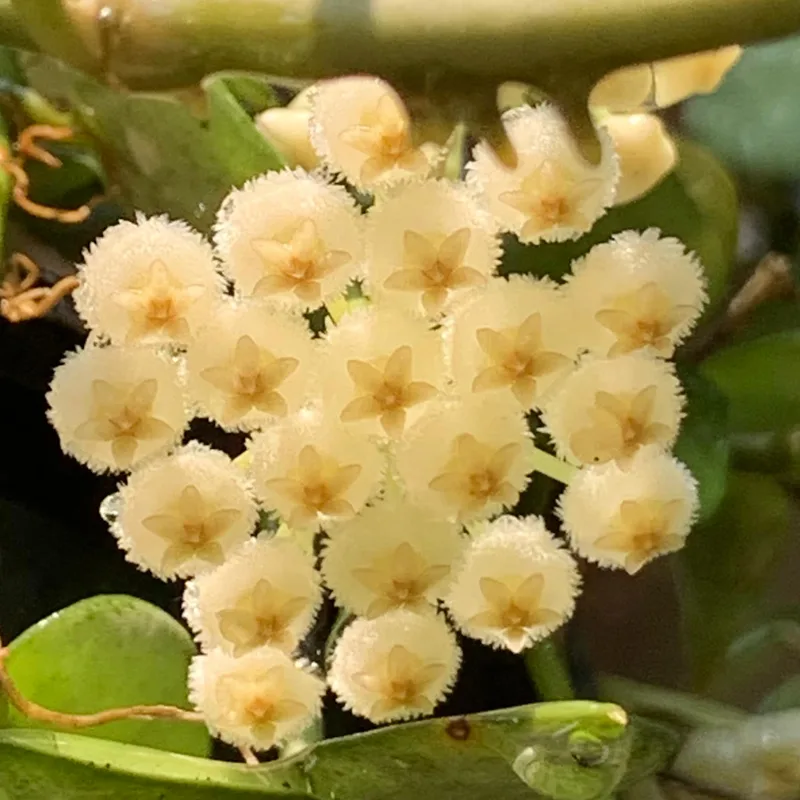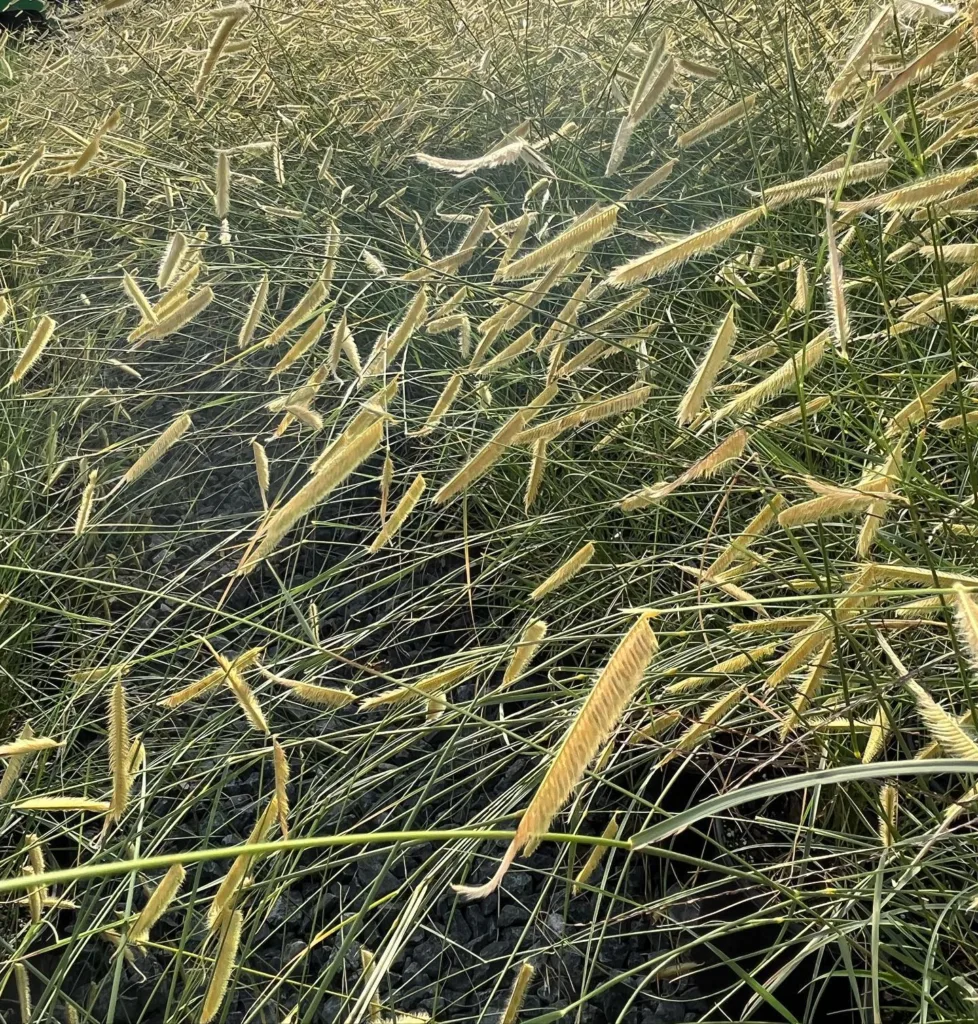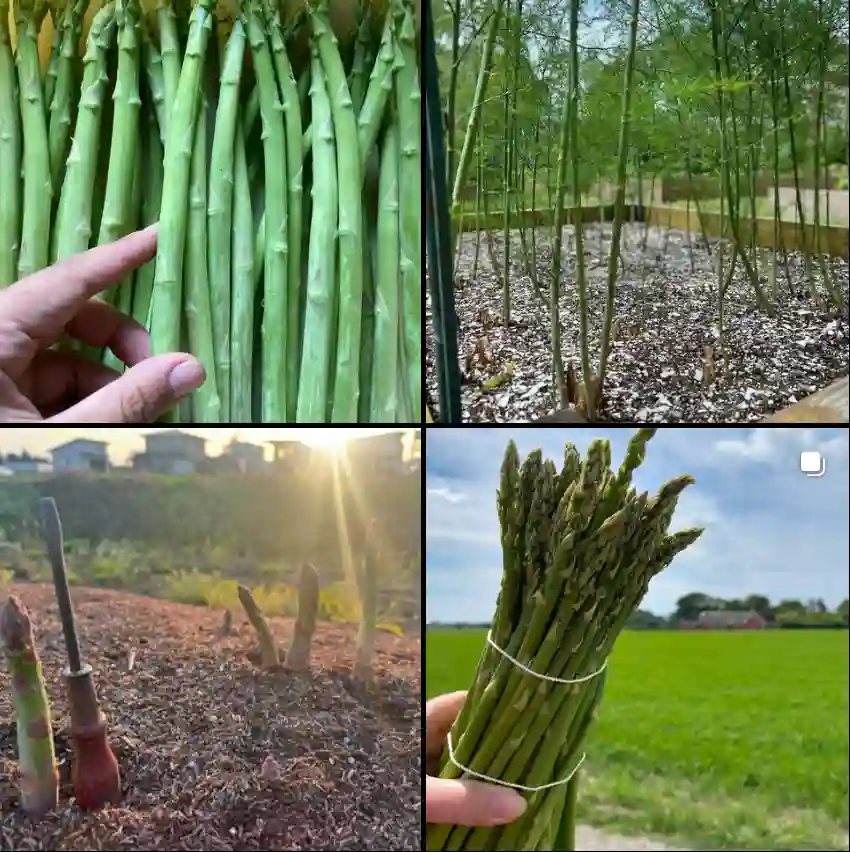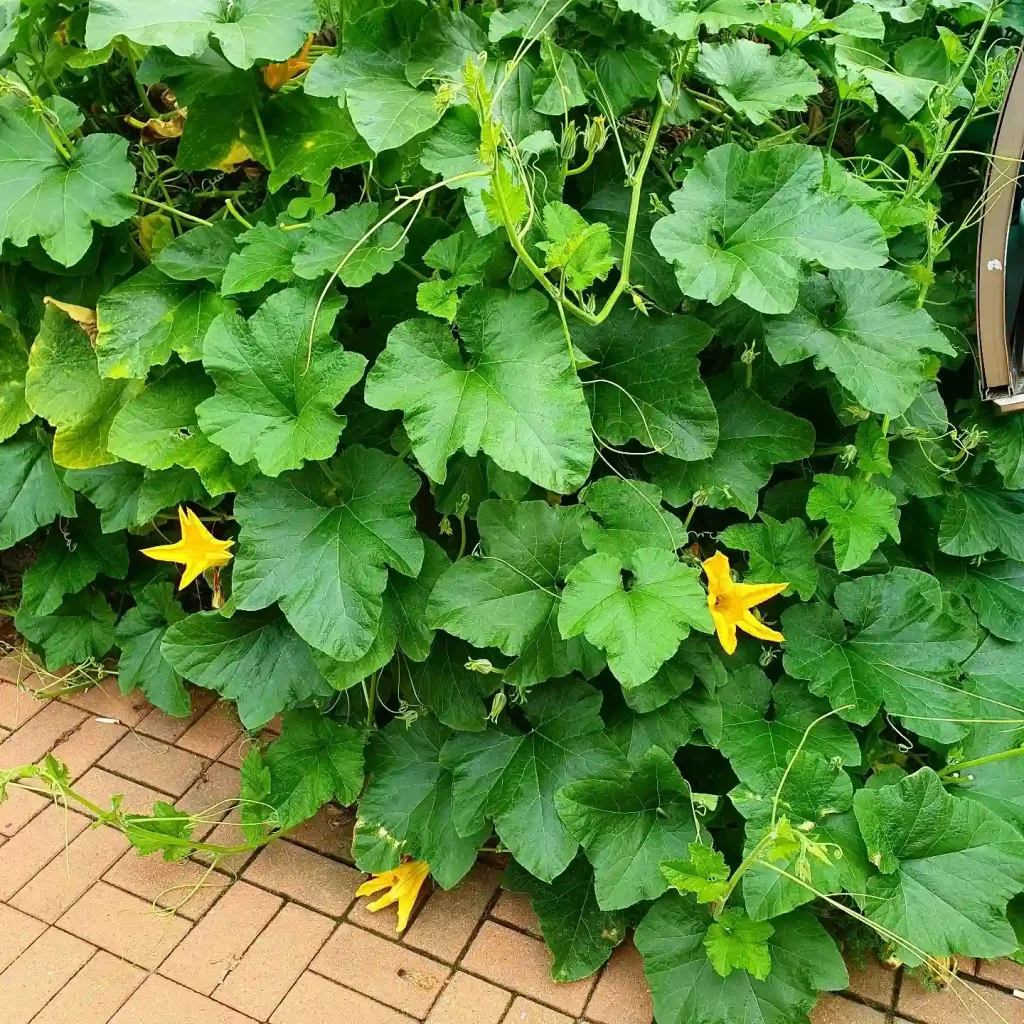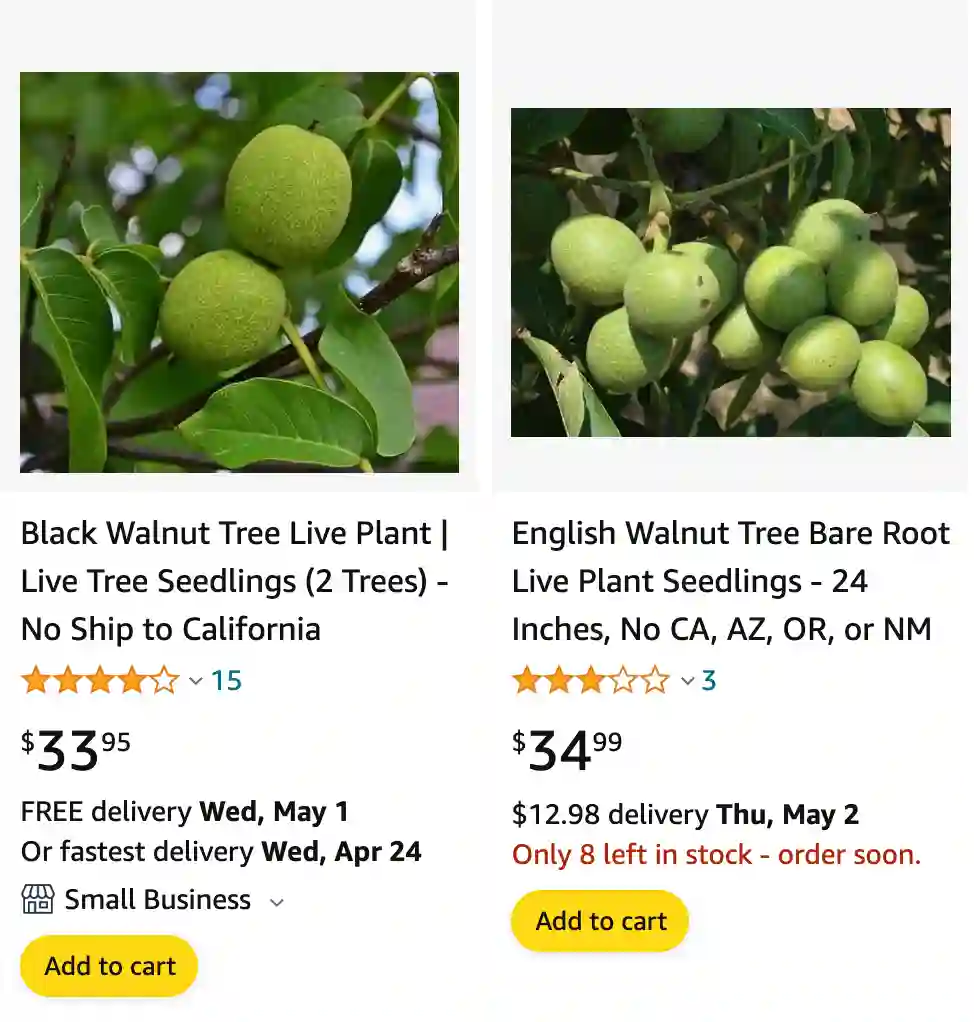
The Majesty of Walnuts: An Exploration of the Juglans Genus
My name is Ferb Vu, and I’ve always been fascinated by trees. Their silent strength, their longevity, the way they provide shelter and sustenance – these qualities have always resonated with me. But among the many arboreal wonders of the world, the walnut tree, belonging to the genus Juglans, holds a special place in my heart.
Perhaps it’s the rich, earthy aroma of the walnuts themselves, or maybe it’s the intricate patterns in the wood grain. Whatever the reason, I find myself drawn to these trees, eager to learn more about their biology, their history, and their diverse species.
A Diverse Family Tree
The Juglans genus is a member of the Juglandaceae family, which also includes hickory and pecan trees. These trees are known for their distinctive chambered pith, a feature that sets them apart from many other tree families. But what truly defines the Juglans genus is the fruit: the walnut. Enclosed in a green, fleshy husk, the walnut is a hard-shelled nut that has been a valuable food source for humans and animals for millennia.
The Juglans genus boasts a remarkable diversity, with species found across the Northern Hemisphere. Some thrive in the temperate climates of North America, while others prefer the cooler regions of Asia. This geographical spread has led to a fascinating array of walnut species, each with its own unique characteristics.
Members of the Juglans Genus
- Juglans australis: Native to South America, this walnut tree thrives in the forests of Argentina and Bolivia.
- Juglans bixbyi: A lesser-known walnut species, Juglans bixbyi has limited distribution and remains rare in cultivation.
- Juglans boliviana: This species is native to Bolivia and is valued locally for its timber and edible nuts.
- Juglans californica: Also known as the California black walnut, it is native to Southern California and known for its resilience in dry conditions. Plant FAQs: Juglans Californica – California Black Walnut
- Juglans cinerea: Commonly called the butternut, this North American species is prized for its sweet, oily nuts. Plant FAQs: Butternut Tree – Juglans Cinerea
- Juglans hindsii: Known as the Northern California black walnut, it is found primarily in Northern California’s riparian woodlands.
- Juglans hirsuta: A lesser-known, rare species, Juglans hirsuta is noted for its densely hairy leaves.
- Juglans hispanica: Often considered a hybrid species, it is associated with regions in Spain and southern Europe.
- Juglans hopeiensis: Endemic to China, this species is cultivated for its nuts and shade.
- Juglans jamaicensis: The West Indian walnut, native to the Caribbean, is known for its durable wood and adaptability to tropical climates.
- Juglans major: Known as the Arizona walnut, it is adapted to arid climates and found throughout the southwestern United States and northern Mexico. Plant FAQs: Juglans Major
- Juglans mandshurica: The Manchurian walnut, native to East Asia, is appreciated for its hardy, cold-resistant nature.
- Juglans microcarpa: Also called the little walnut, it is a smaller, drought-tolerant species native to the southwestern U.S.
- Juglans mollis: Known as the Mexican white walnut, it is found in Mexico and known for its softer wood and distinct nuts.
- Juglans neotropica: Commonly called the Andean walnut, it is native to tropical Andean forests and valued for both timber and nuts.
- Juglans nigra: The Eastern black walnut is highly prized for its rich, dark wood and flavorful nuts in North America.
- Juglans pyriformis: Native to Mexico, this species is notable for its pear-shaped nuts.
- Juglans regia: The Persian or English walnut is the most widely cultivated species, known for its high-quality nuts.
- Juglans sigillata: Native to China, it is similar to J. regia and valued for both timber and large, edible nuts.
- Juglans soratensis: Found in Bolivia and Peru, this species is adapted to high-elevation Andean forests.
- Juglans steyermarkii: A rare species native to Central America, known for its limited distribution.
- Juglans venezuelensis: Native to Venezuela, this species is adapted to tropical and subtropical climates.
The Value of Walnuts
Walnuts have been valued for centuries, not just for their culinary uses but also for their medicinal properties and timber. The nuts are rich in healthy fats, protein, and antioxidants, making them a nutritious addition to any diet. Walnut oil is also prized for its flavor and health benefits.
The wood of walnut trees is highly sought after for its strength, durability, and beautiful grain patterns. It is used in furniture making, cabinetry, gunstocks, and even musical instruments. The rich, dark hues of black walnut, in particular, make it a favorite among woodworkers.
FAQs
What does a walnut tree look like?
Walnut trees have an elegant structure with broad, arching branches and lush, green foliage that turns a beautiful golden hue in the fall, making them a striking addition to any landscape.
How many calories is a walnut?
A single walnut has about 185 calories, a fact I learned when counting calories to balance my diet.
How to make walnut butter?
To make walnut butter, I blend roasted walnuts in a food processor until smooth, creating a rich, nutty spread that’s perfect on toast.
Can dogs eat walnut?
While I never feed my dog walnuts, I know they’re not safe for dogs due to the risk of gastrointestinal distress and other health issues.
How big is a walnut?
A walnut is roughly the size of a large marble, fitting comfortably in the palm of my hand.
How much is a walnut tree worth?
The value of a walnut tree can be quite high, especially when I discovered how prized its wood is for furniture making.
Is walnut a hardwood?
Walnut is definitely a hardwood, and its durability impressed me when I chose it for my kitchen countertops.
Is walnut a tree nut?
Yes, walnut is a tree nut, and as someone with a nut allergy, I always have to be cautious around them.
What color is walnut?
Walnut wood has a rich, dark brown color with beautiful grain patterns that add a touch of elegance to any piece of furniture.
How much walnut to eat per day?
I usually eat a handful of walnuts a day, about 1 ounce, as a healthy snack to get a good dose of omega-3 fatty acids.
Is walnut good firewood?
Walnut is excellent firewood, providing long-lasting heat during those chilly winter nights by the fireplace.
How to make walnut milk?
Making walnut milk is simple; I soak walnuts overnight and blend them with water the next day for a creamy, nutritious drink.
How to roast a walnut?
Roasting walnuts in the oven at 350°F for about 8-10 minutes brings out their flavor, making them a delicious addition to salads or just as a snack.
Is a walnut a fruit?
A walnut is technically a fruit, and I found this out when reading about the botanical classification of nuts.
How to harvest a walnut?
Harvesting walnuts involves shaking the tree and collecting the fallen nuts, an activity that reminds me of autumn days on my grandparent’s farm.
How fast does walnut trees grow?
Walnut trees grow relatively slowly, about 1-2 feet per year, which I learned while considering planting one in my backyard.
How much is walnut per board foot?
The price of walnut per board foot can be quite high, often around $10-15, reflecting its status as a premium wood.
Is walnut oil healthy?
Walnut oil is healthy, rich in omega-3 fatty acids, and I often use it as a finishing oil for salads and pasta dishes.
What is walnut blasting?
Walnut blasting is a method I used to clean my car’s engine, using crushed walnut shells as an abrasive material to remove carbon buildup.
Are walnut caterpillars poisonous?
I discovered that walnut caterpillars are not poisonous, but they can be a nuisance if they infest walnut trees in large numbers.
Can dogs eat walnut shells?
Walnut shells are not safe for dogs as they can cause intestinal blockages, so I always ensure my dog stays clear of them.
How long do walnut trees live?
Walnut trees can live for over 200 years, a fact that amazed me when I learned about the longevity of these magnificent trees.
Is walnut wood expensive?
Walnut wood is quite expensive, and this became apparent when I priced materials for a woodworking project.
What is walnut meat?
Walnut meat is the term for the kernel inside the walnut shell, and I often use it in baking for its rich, buttery flavor.
How to make walnut flour?
Making walnut flour involves grinding walnuts into a fine powder, which I use as a gluten-free alternative in baking recipes.
Walnut vs Pecan
Pecans, to me, are the sweeter, more buttery cousin of walnuts. I’ve always preferred the rich, almost caramel-like flavor of pecans in desserts. Walnuts, on the other hand, have a sharper, earthier taste that I find more suitable for savory dishes.
Walnut vs Black Walnut
Black walnuts are the unruly, wild child of the walnut family. I’ve only ever handled them in their shelled form, and let me tell you, it’s a messy affair. The meat is rich and deeply flavorful, but the process of extracting it is a test of patience and perseverance that I’m not always up for.
Walnut vs Mahogany
Mahogany is a wood, not a nut. It’s a completely different realm. I’ve admired mahogany furniture for its rich, reddish hue and its luxurious feel. Walnut, while beautiful in its own right, has a different warmth and depth, more of a chocolatey tone.
Walnut vs Cherry Wood
Cherry wood is like a blushing maiden compared to walnut’s sultry sophistication. I’ve seen cherry cabinets with a soft pink undertone that’s undeniably charming, but I’m drawn to the darker, more dramatic character of walnut.
Walnut vs Oak
Oak is sturdy and dependable, like a good friend. I’ve always respected its strength and durability, especially in flooring. Walnut, though, adds a touch of elegance and intrigue that oak simply can’t match.
Walnut vs Maple
Maple is sweet and innocent, like a candy apple. I love the light, airy feel of maple furniture, especially in a small space. But when I want something with more character and depth, walnut is my go-to.
Walnut vs Cashew
Cashews are the delicate, creamy dream of the nut world. I adore their mild sweetness and buttery texture. Walnuts, in contrast, are bold and assertive, with a flavor that lingers.
Walnut vs Hickory Nut
Hickory nuts are the tough guys of the nut world. I’ve only cracked open a few, and it’s a labor of love. The meat is dense and flavorful, but the effort required to get to it makes me appreciate walnuts even more for their relatively easy accessibility.
Walnut vs Acacia
Acacia is a wood I’m not overly familiar with. From what I’ve seen, it often has a lighter, more golden tone than walnut. While acacia might be a good choice for a bright, airy space, I prefer the richness and warmth of walnut.
Walnut vs Rosewood
Rosewood is a mysterious and exotic beauty. I’ve always been fascinated by its dark, almost black hue. While it has a certain allure, I find walnut to be more versatile and easier to incorporate into different styles.
Walnut vs Chestnut
Chestnuts are a nostalgic treat for me. Roasted chestnuts bring back memories of winter holidays. Walnuts, on the other hand, are a year-round staple in my kitchen.
Walnut vs Sumac
Sumac is a spice, not a wood or a nut. It’s a tangy and slightly sour flavor that I enjoy in certain dishes. Walnut, with its rich and oily profile, would clash with sumac’s acidity.
Walnut vs White Oak
White oak is a lighter, more blonde version of oak. While it has its own charm, I find walnut’s depth and complexity more intriguing.
Facing the Future
Despite their resilience, walnut trees face challenges, including habitat loss, climate change, and the spread of diseases like butternut canker. It’s crucial that we take steps to protect these valuable trees and ensure their survival for future generations. This includes supporting sustainable forestry practices, conserving walnut forests, and investing in research to combat diseases.
As I continue to explore the world of Juglans, I am filled with a sense of awe and appreciation for these magnificent trees. They are a testament to the power and beauty of the natural world, and they remind us of the importance of preserving our planet’s biodiversity. I hope that my journey through the Juglans genus will inspire others to learn more about these fascinating trees and join the effort to protect them.
